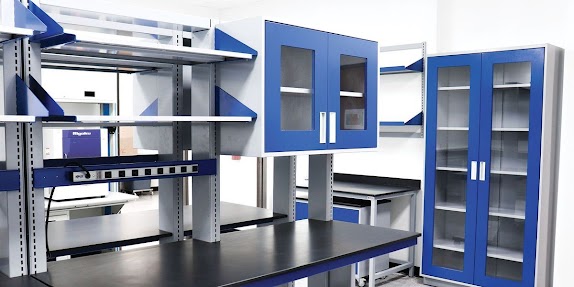What is the purpose of the cleanroom protocol?
The cleanroom protocol is a set of procedures and practices used in the manufacturing and development of electronic hardware and software to ensure quality, reliability, and adherence to standards. The primary purpose of the cleanroom protocol is to minimize defects, errors, and deviations in the final product by creating a controlled and contamination-free environment.
In the context of software development, the cleanroom methodology is often associated with a specific software development process that emphasizes formal methods, statistical testing, and team collaboration. The cleanroom approach aims to produce high-quality software with minimal defects by focusing on mathematical analysis, specification, and statistical testing.
Key objectives of the cleanroom protocol include:
1.Error Prevention: Minimize the introduction of errors during the development process by emphasizing rigorous design, analysis, and verification.
2.Statistical Testing: Use statistical testing methods to identify and eliminate defects, ensuring that the software meets its specifications and requirements.
3.Formal Methods: Apply formal mathematical methods to specify and verify the correctness of the software design and implementation.
4.Team Collaboration: Foster collaboration among team members to ensure shared understanding, communication, and a collective commitment to quality.
5.Process Control: Implement strict process controls to monitor and manage the software development process, including adherence to standards and procedures.
6.Contamination Control: In hardware manufacturing, cleanrooms are physical environments designed to control and minimize airborne particles, dust, and contaminants that could negatively impact the reliability and performance of electronic components.
Overall, the Cleanroom in UAE protocol is employed to enhance the quality, reliability, and predictability of the development process, leading to the production of software or hardware with fewer defects and higher customer satisfaction.




Comments
Post a Comment